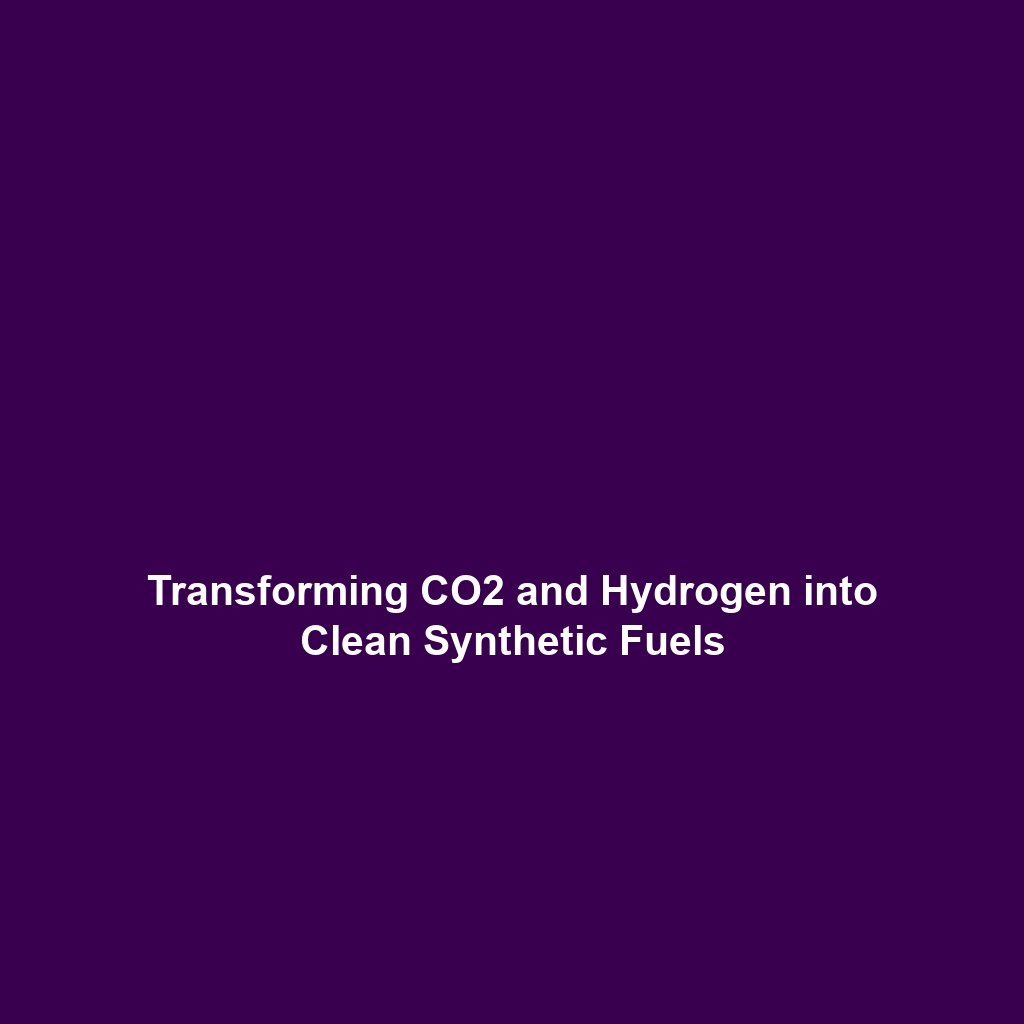CO2 Injection into Rock Formations: A Key Strategy in Carbon Capture & Storage (CCS)
Introduction: The injection of carbon dioxide (CO2) into deep underground rock formations, such as depleted oil and gas fields or saline aquifers, is a pivotal process in the realm of Carbon Capture & Storage (CCS). This method not only mitigates greenhouse gas emissions but also plays a crucial role in combating climate change. By sequestering CO2 deep beneath the earth’s surface, we can effectively reduce the amount of carbon dioxide released into the atmosphere, making it significant for global sustainability efforts and the transition to clean energy.
Key Concepts of CO2 Injection in CCS
Understanding the mechanism of CO2 injection is essential for comprehending its role in Carbon Capture & Storage (CCS). Below are some of the major concepts associated with this process:
1. The Mechanism of Injection
CO2 is captured from various sources, such as power plants or industrial processes, and is then compressed and transported to injection sites. Here, it is injected deep underground into geological formations that can securely store the gas.
2. Geological Storage Sites
Depleted oil and gas fields and saline aquifers are two primary types of geological formations suitable for CO2 storage. These formations are characterized by their permeability and capacity to hold large volumes of CO2.
3. Monitoring and Verification
To ensure the safety and permanence of the stored CO2, rigorous monitoring techniques are employed. This includes tracking the CO2 plume and assessing the geological integrity of the storage site.
Applications and Real-World Uses
The application of CO2 injection deep underground has multiple implications within the framework of Carbon Capture & Storage (CCS). Key real-world uses include:
- Enhanced Oil Recovery (EOR): Injecting CO2 into oil fields can improve oil extraction efficiency, while simultaneously sequestering CO2.
- Industrial Applications: Major industries, such as cement and steel, utilize CO2 injection as a method to reduce their carbon emissions.
- Climate Change Mitigation: The global initiative to capture and store CO2 is a critical tool for reducing atmospheric CO2 levels and addressing climate change.
Current Challenges in CO2 Injection
Despite the promising prospects of CO2 injection into geological formations, several challenges persist:
- Regulatory Hurdles: The legal framework surrounding CCS can be complex and varies by region, which may pose challenges for implementation.
- Public Perception: Misinformation and skepticism regarding the safety of underground CO2 storage can hinder project acceptance.
- Technical Limitations: There are concerns about the long-term stability of CO2 in geological formations, including potential leakage and monitoring difficulties.
Future Research and Innovations
Continued research is essential for advancing CO2 injection technologies and their applications in Carbon Capture & Storage (CCS). Upcoming innovations include:
- Next-Generation Monitoring Tools: Enhanced technologies for real-time monitoring of CO2 storage sites are being developed to ensure safety and efficiency.
- Alternative Storage Solutions: Researchers are exploring other geological formations and methods for injecting CO2, broadening the potential for CCS applications.
- Integration with Renewable Energy: Investigating the synergy between CCS technologies and renewable energy sources can lead to more sustainable energy systems.
Conclusion
In summary, the injection of CO2 deep underground into rock formations, such as depleted oil and gas fields or saline aquifers, offers a viable solution within the Carbon Capture & Storage (CCS) framework. Understanding its applications, challenges, and future innovations is crucial for leveraging this technology effectively. As the world strives towards sustainability, the continued exploration and enhancement of CO2 injection methods will be paramount.
For more detailed information on CCS technologies, please visit our CCS Overview, or explore our articles on greenhouse gas mitigation strategies.









